
The Dean Cemetery is a historically important Victorian cemetery north of the Dean Village, west of Edinburgh city centre, in Scotland. It lies between Queensferry Road and the Water of Leith, bounded on its east side by Dean Path and on its west by the Dean Gallery. A 20th-century extension lies detached from the main cemetery to the north of Ravelston Terrace. The main cemetery is accessible through the main gate on its east side, through a "grace and favour" access door from the grounds of Dean Gallery and from Ravelston Terrace. The modern extension is only accessible at the junction of Dean Path and Queensferry Road.
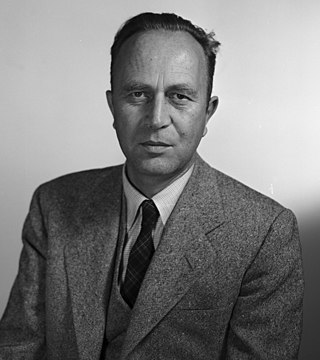
Joseph Gilbert Hamilton was an American professor of Medical Physics, Experimental Medicine, General Medicine, and Experimental Radiology as well as director (1948–1957) of the Crocker Laboratory, part of the Lawrence Berkeley National Laboratory. Hamilton studied the medical effects of exposure to radioactive isotopes, which included the use of unsuspecting human subjects.

Heinrich Ernst Albers-Schönberg was a German gynecologist and radiologist. He was a native of Hamburg.

Guido Holzknecht was an Austrian radiologist who was a native of Vienna.

Étienne Destot was a French radiologist and anatomist who was a native of Dijon. He studied medicine in Lyon, and later worked in the hospitals of Hôtel Dieu, Croix-Rousse and Charité in Lyon. In addition to his work in medicine, he was an accomplished sculptor.

William Duane was an American physicist who conducted research on radioactivity and X-rays and their usage in the treatment of cancer. He developed the Duane-Hunt Law and Duane's hypothesis. He worked with Pierre and Marie Curie in their University of Paris laboratory for six years and developed a method for generating quantities of radon-222 "seeds" from radium for usage in early forms of brachytherapy.

John Francis Hall-Edwards FRSE was a British medical doctor and pioneer in the medical use of X-rays in the United Kingdom.
The history of radiation therapy or radiotherapy can be traced back to experiments made soon after the discovery of X-rays (1895), when it was shown that exposure to radiation produced cutaneous burns. Influenced by electrotherapy and escharotics—the medical application of caustic substances—doctors began using radiation to treat growths and lesions produced by diseases such as lupus, basal cell carcinoma, and epithelioma. Radiation was generally believed to have bactericidal properties, so when radium was discovered, in addition to treatments similar to those used with x-rays, it was also used as an additive to medical treatments for diseases such as tuberculosis where there were resistant bacilli.

Cecil Rupert Chaworth Lyster CBE was a British physician, electrotherapist and radiologist.
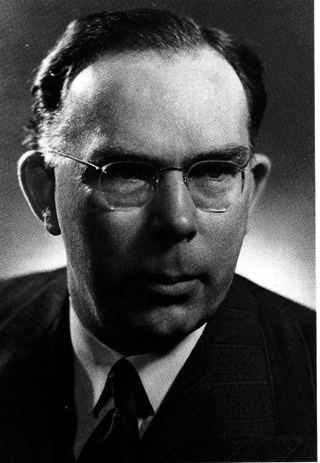
James Ralston Kennedy "RP" Paterson, was a Scottish medical doctor and scientist specialising in oncology and radiology. Along with Herbert Parker, pioneered the development of the Paterson-Parker rules for the Radium Dosage System, also known as the Manchester system.
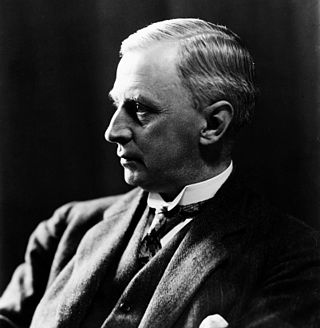
William Hope Fowler CVO FRSE FRCSE was a Scottish medical doctor and pioneer of radiology. He was co-founder of the Edinburgh School of Radiology.

Dawson Fyers Duckworth Turner, FRSE, FRCPE (1857–1928) was a British pioneer of radiology and patron of the arts, who died of radiation related cancer.

Carl Gustaf "Gösta" Abrahamsson Forssell was a Swedish medical researcher and professor in radiology and radiotherapy. He headed the radium clinic at Serafimerlasarettet in Stockholm and then its successor Radiumhemmet. His publications defined what became known as the "Stockholm method" of cancer therapy.
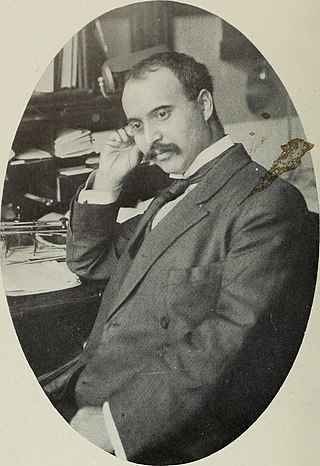
Mihran Krikor Kassabian was an Armenian-American physician, one of the early investigators into the medical uses of X-rays, and a faculty member at the Medico-Chirurgical College of Philadelphia. He became director of the Roentgen Ray Laboratory at Philadelphia General Hospital and vice president of both the American Roentgen Ray Society (ARRS) and the American Electro-Therapeutic Association.

The Monument to the X-ray and Radium Martyrs of All Nations is a memorial in Hamburg, Germany, commemorating those who died due to their work with the use of radiation, particularly X-rays, in medicine. It was unveiled on the grounds of St Georg Hospital, on 4 April 1936 by the Deutsche Röntgengesellschaft.
William Ironside Bruce was a doctor in Europe who conducted early research on the use of X-rays. He headed the X-ray departments at Charing Cross Hospital and at the Hospital for Sick Children. He wrote an early book on X-ray techniques and he was president of the radiology section of the Royal Society of Medicine.
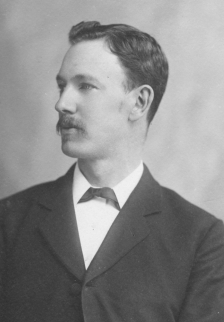
George Alexander Pirie was a Scottish medical doctor and pioneering researcher in the use of X-rays in clinical medicine.
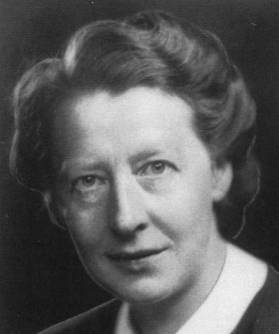
Edith Isabel Paterson born Edith Isabel Myfanwy Jones was a Scottish radiobiologist. She developed techniques for treating children with brain tumours. She pioneered cancer research and in 1967 the Paterson Institute for Cancer Research in Manchester was named to recognise her and her husband's contribution.
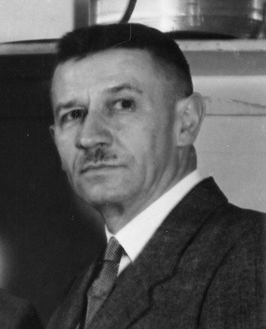
Henri Coutard was a French radiation therapist. He is known for his studies of radiation therapy for the treatment of laryngeal cancer and the development of the "protracted-fractional method" of radiation dosing.
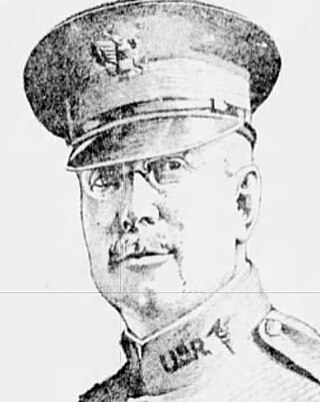
Eugene W. Caldwell (1870–1918) was an American engineer, radiographer, and physician who conducted early work on the medical uses of X-rays. A native of Missouri, Caldwell studied engineering at the University of Kansas. After working as an engineer for five years, Caldwell became interested in X-rays in 1897, opening what may have been the first X-ray clinic in New York City. He taught radiography at University and Bellevue Hospital Medical College and later graduated with a medical degree from that institution.

















